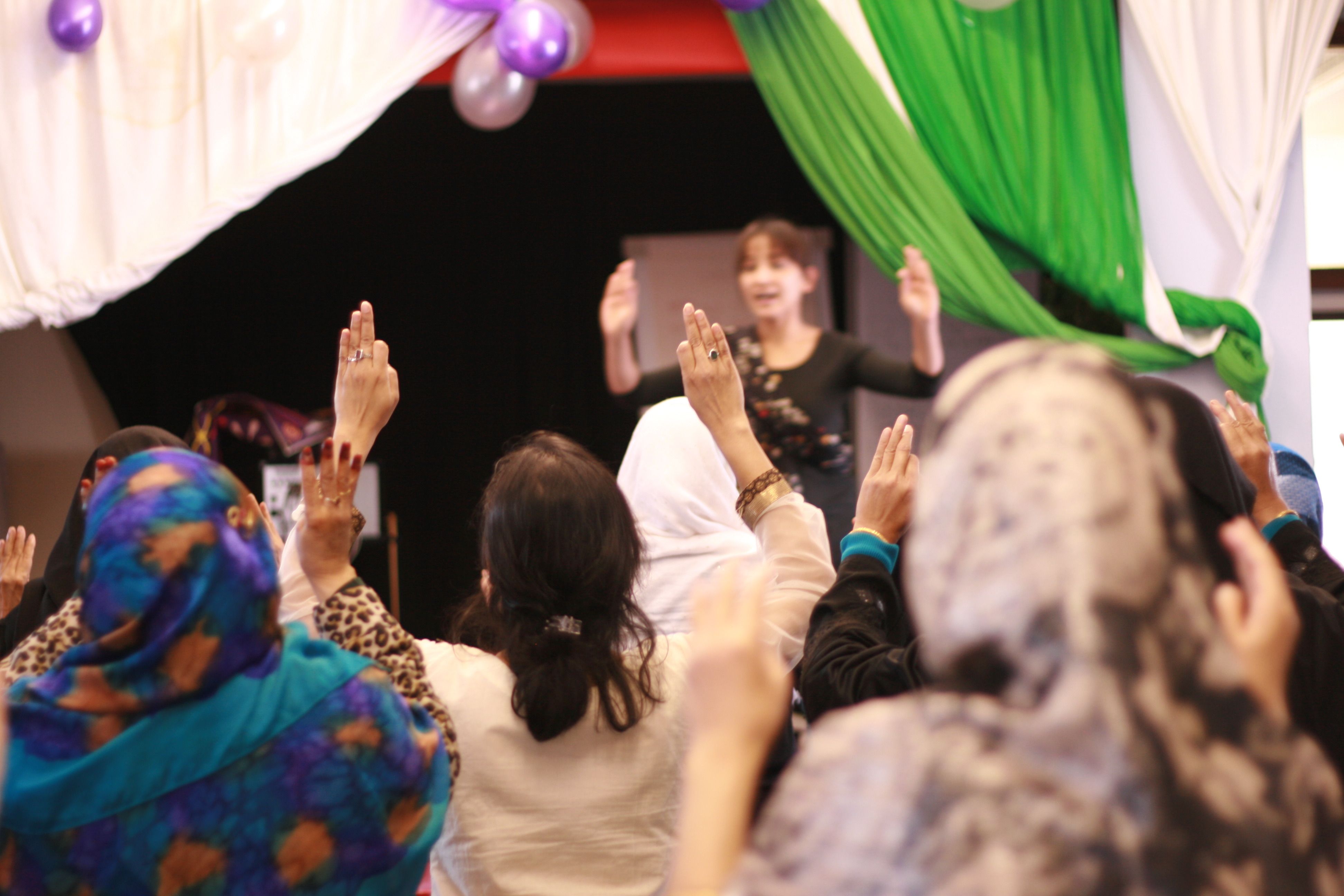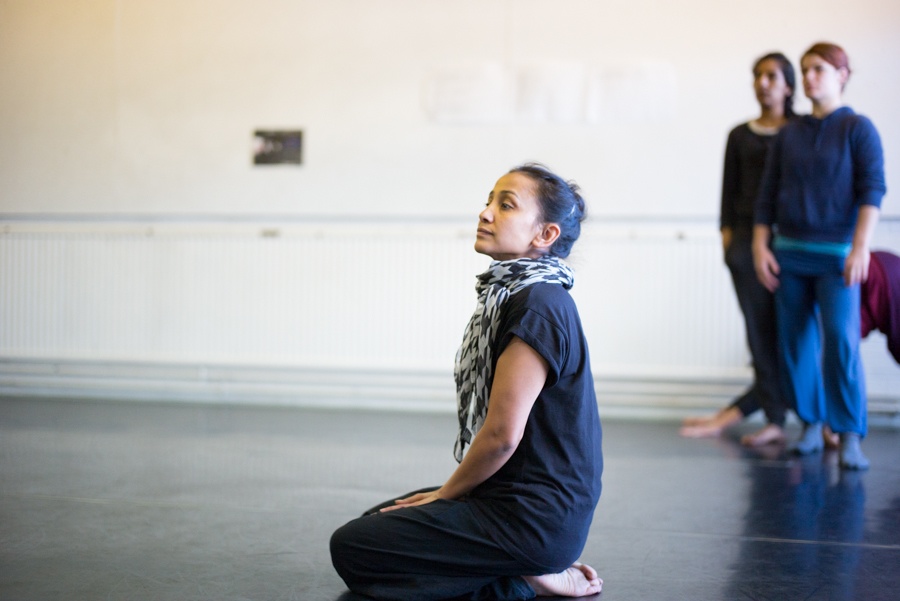As our production of Yerma hits the road again, Amina Khayyam revisits her reasons for adapting Lorca’s tragedy for a Kathak dance piece
What inspired you to make YERMA?
Amina Khayyam: It’s a subject that interests me very much; as a child, growing up in Bangladesh I heard stories about women who couldn’t have children and it was always considered to be their fault. Then I realised it’s not just the woman, it’s a much bigger problem altogether. But in Bangladesh men were (and still are) encouraged to get married again and the first wife’s situation becomes very difficult – she isn’t exactly divorced from her husband and she continues to live in the marital home – with her husband and his second wife – and she’s reduced to the role of housekeeper or servant. The new wife will rule if she produces children. It’s a terrible situation for many women in the Indian sub-continent as well in the isolated communities of UK – and that was my first experience of hearing about women who were unable to have children.
I knew some of Lorca’s work – ‘Blood Wedding’ and ‘the House of Bernarda Alba’ so it was just a matter of reading ‘Yerma’ and realising how much the story resonated with me. What I like about Yerma is that although she’s a victim, she is an amazingly strong character – and I wanted to show a strong decisive character even though the story ends so tragically.

How are the themes of YERMA relevant to today’s society?
Amina Khayyam: These issues are not just relevant to cultures in South Asia, they exist in parts of the European community as well. I do a lot of outreach work with communities with women and there is always someone who will be nervous to admit that this is her story, there are many women here who are unable to have children and who have subsequent problems with their husband and families.

AKDC Yerma workshop in a Women's group
Is your production faithful to the play’s script or have you made any changes?
Amina Khayyam: I adapted the script from Lorca’s original dialogue; I’ve aimed to develop the characters through the eye of the kathak dance vocabulary because our dance is a storytelling form and it helps us engage with the story. When I was developing the characters I thought of animals and birds and which ones they reminded me of: for instance, the two sisters of Yerma’s husband gossip about Yerma, watch her every move and think they’re helping her ‘behave’ herself – I thought of vultures with their watchful eye and used that image to develop the choreographic personality of the characters.

Tell us about the production design?
Amina Khayyam: I wanted the story to be universal and to move away from the classic kathak style of costume while keeping the flavour and the movements that complement the form; Keith Khan designed the costumes. As for the makeup – Yerma really inspired me; I felt like she was a living/dead character so I wanted to represent that with the white makeup and to get away from the obvious prettiness of South Asian classical dance which is always seen as beautiful. I wanted to focus on Yerma’s story and the narrative so in working with makeup artist Tilat Khayer, we got rid of the jewellery and usual makeup of SA classical dance and concentrated on a very simple, stark approach.
And how does it work with the music – does the choreography come first or is it the music?
Amina Khayyam: Sometimes the music comes first but with Yerma I was inspired by the characters and the story which in turn inspired my ideas for the choreography. I figured out what rhythm each character had, his or her identity and signature; I thought about the kathak vocabulary and distributed it to the husband, the wife and the other characters. That’s how I developed the rhythm and when the composer, Tarun Jasani, came to see rehearsals, I gave him the rhythms which he then used to write the music.
